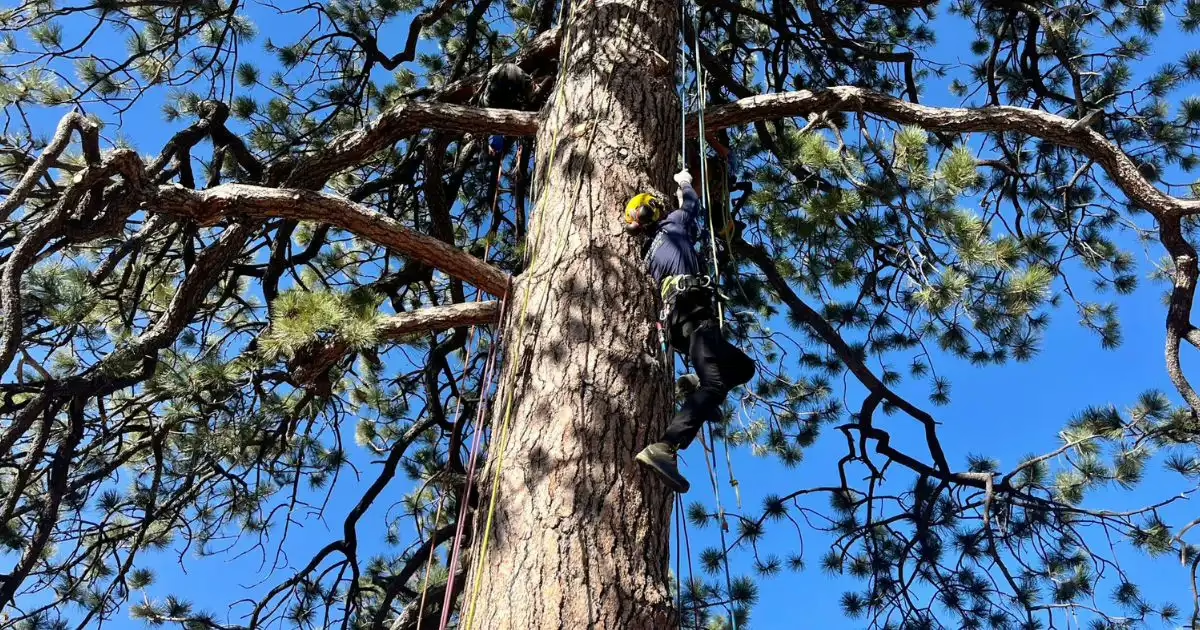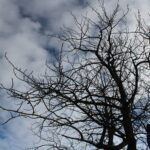Growing and Caring for Ponderosa Pine in Southwest Colorado
The Ponderosa pine is Durango’s iconic evergreen. It stands out in winter landscapes with bright green needles even under snow. Highly adapted to the region, it thrives at 6,000–9,000 feet due to its deep taproot that taps into moisture, fire-resistant bark that protects it from low‑intensity burns, and drought-tolerant traits that make it a true living landmark in our mountain forests. We love Ponderosa pine!
Why Is the Ponderosa Pine Common in the Region?
Native Range and Adaptability
The Ponderosa pine is at home in the mountainous West, growing comfortably in USDA Zones 3–7—an area defined by high elevation, abundant sun, and cool, dry air. Its roots establish best in loamy, sandy, well-drained soils and tolerate both slightly acidic and neutral pH levels. Thanks to its adaptability, the Ponderosa can anchor rocky slopes, stabilize loose soils, and withstand periodic droughts and cold mountain winters.
Landscape and Ecological Value
You’ll find Ponderosa pines filling local forests and lining neighborhood streets, their tall trunks and golden bark glowing in the late-day sun. They’re a favorite for large landscapes, offering shade, wind protection, and a splash of green when most trees are bare. As a climax species, Ponderosa pines support wildlife and help maintain the stability and health of our local ecosystems.
Characteristics
Ponderosa pines have tall, straight trunks with bark that forms a patchwork of orange and yellow plates. Their long, soft needles grow in bundles of three. These trees can grow 12–18 inches per year, eventually reaching heights of 60–125 feet with a spread of 25–30 feet. A deep taproot system gives them strong drought resistance and helps them stay grounded against mountain winds.
How to Grow and Care for Ponderosa Pine

Plant your Ponderosa pine in early spring or fall, when roots can settle in before the heat of summer or the chill of winter. Choose a sunny spot—these trees crave 6–8 hours of sunlight daily—and make sure the soil drains well. Avoid low-lying, flood-prone areas, and give each tree 20–30 feet of space to grow and breathe.
Watering
Aim for a soil pH between 6.0 and 7.5. If your soil is heavy or compacted, mix in compost to improve drainage and fertility. Water young trees daily at first, then weekly for up to two years as they get established. Once mature, Ponderosa pines need only occasional deep watering, especially during prolonged dry spells.
Soil Conditioning
Soil conditioning can be beneficial if a soil test reveals nutrient deficiencies—though mature Ponderosa pines rarely require it. For young trees, applying a treatment like Oath Soil Life in the spring can support strong early growth.

Prune in late winter or early spring to remove dead or damaged branches and to maintain a strong central leader. Avoid removing more than 20–25% of the canopy in a single year. Regularly inspect your tree for signs of pests or disease, and apply mulch around the base to conserve moisture and keep weeds at bay.
Winter Care
Mature Ponderosa pines are well-equipped for winter, but young trees appreciate a blanket of mulch and, in exposed sites, a windbreak or burlap wrap. Water every 4–6 weeks during dry winters to prevent root desiccation. Come spring, prune any winter-damaged branches and watch for new growth.
PHC (Plant Health Care)
Plant Health Care is like regular checkups for your trees. Instead of waiting for something to go wrong, it focuses on keeping trees healthy from the start through routine monitoring, early treatment, and care that fits the tree’s environment. This might include watering, improving soil, trimming, or managing pests. The goal is to catch small issues before they become big problems—so your tree stays strong, safe, and beautiful for years to come.
Deeply Rooted in our Sense of Place
If you’re ready to plant, care for, or preserve these iconic trees, Certified Arborists can help—with site assessments, PHC plans, and expert care tailored to Durango’s unique conditions. From the sweet vanilla scent of sun-warmed Ponderosa bark to their towering silhouettes against the Colorado sky, these trees are a defining part of our landscape.
Want to dig deeper? We’re happy to share insights on everything from insect and disease management, fire mitigation, and sustainable planting. Reach out to Momentum Tree Experts to learn more.



